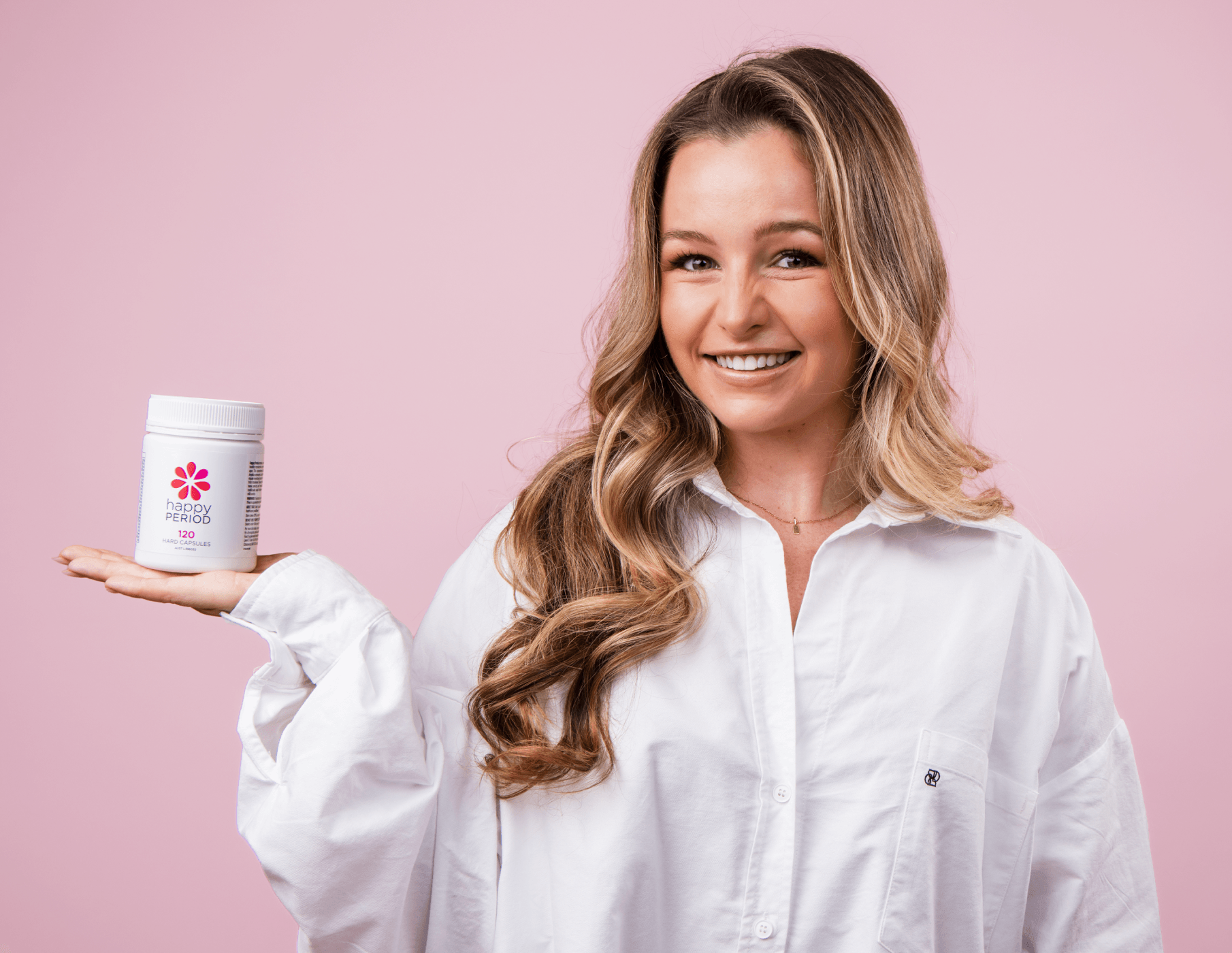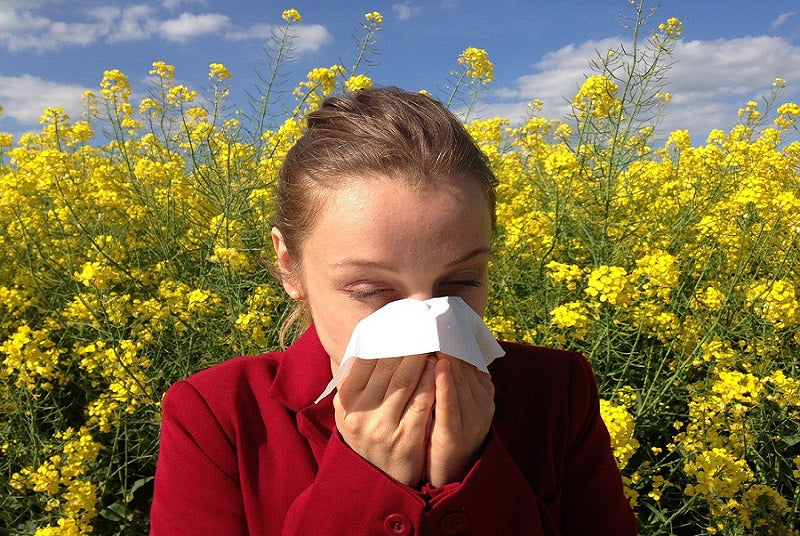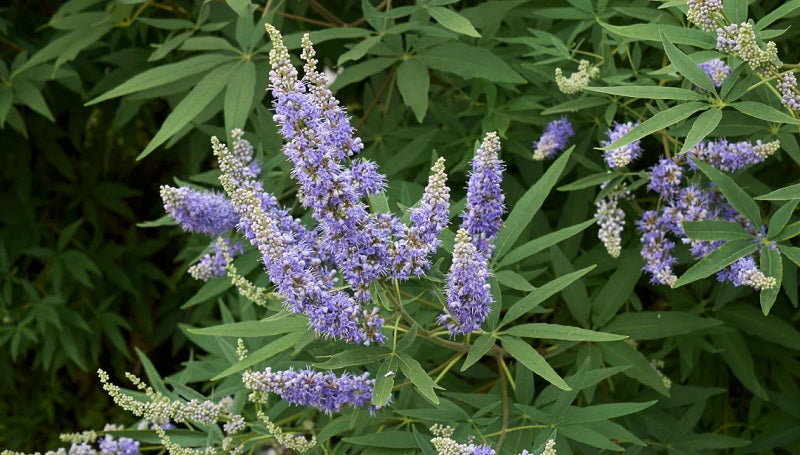Most of you know histamine as the chemical produced during an allergic reaction which results in swelling and inflammation. However, did you know that histamine is actually a chemical messenger associated with many other functions?
These other functions include your stomach acid secretion, increased libido, adrenaline release, heart rate regulation, brain stimulation and clotting of your blood.
Histamine explained
Now you can see that histamine isn’t always the bad guy and, in fact, it works in your favour in a variety of ways. Amazingly, histamine is released from cells present in every tissue of your body and, in particular, your ovaries and uterus.
In most people, the production of histamine (by gut flora) and ingestion of histamines (from foods) are balanced out by an enzyme called diamine oxidase (DAO). DAO essentially breaks down histamine but if someone has a DAO deficiency and histamines build up too high, an array of nasty symptoms can manifest. These include:
- Period pain
- Painful bloating
- Motion sickness
- Sweating
- Headaches
- Anxiety
- Insomnia
- Brain fog
- Skin rashes
- Prickly heat
- Low libido
- A red flush with alcohol consumption
- Nasal congestion
- Itchy throat
The production of DAO fluctuates with your diet because certain foods boost DAO whilst others inhibit it.
There are various other reasons that people can get a build-up of histamine - genetic SNPs, poor gut health, dehydration etc, but for now this article will focus on the link between the DAO enzyme, histamine and your menstrual cycle.
Excess histamine and the menstrual cycle
We mentioned above that the cells in your ovaries and uterus produce histamine, and there’s a very good reason for this.
Histamines get released by the uterus to stimulate necessary contractions during both menstruation and childbirth. This is a perfect and essential part of life BUT the more oestrogen we have in our body, the more histamine we produce. This means if someone suffers with an oestrogen dominant condition or excess histamine, then undesirable symptoms such as period pain show up from the excessive contractions which can also result in heavier bleeds!
If you have normal oestrogen but low progesterone like with perimenopause or PCOS, then you may also suffer with symptoms. This is because progesterone helps to balance out our histamine levels. It has an inhibitory effect on histamine secretion.
Furthermore, DAO (remember the enzyme that clears out histamine) also fluctuates with your menstrual cycle. So with that, if you you have hormonal imbalance, an oestrogen dominant condition like PCOS, endometriosis, fibroids, cysts, PMDD, or if you're in perimenopause then it's possible your symptoms are the result of excess histamine or histamine intolerance. You’ll find lots of other articles on the site that discuss each of these conditions extensively.
Interestingly, women who are pregnant often have a complete resolution from their histamine intolerance symptoms because the placenta produces up to 500x the amount of DAO than we normally have circulating. This protects the fetus from histamine toxicity and from early contractions.
There is also some early evidence that excessive uterine bleeding may be associated with histamine release.
It’s all about balance
Because there is a clear interconnection in the body between histamine and your hormones in terms of systemic functionality, it isn’t surprising that allergic and inflammatory reactions are common as women go through hormonal transitions at various stages in life. Achieving an optimum balance between estrogen and progesterone and naturally reducing histamine levels in the body should be your best bet in addressing both reproductive and non-reproductive issues relating to histamine intolerance.
REFERENCES
Mušič E, Korošec P, Šilar M, Adamič K, Košnik M, Rijavec M. Serum diamine oxidase activity as a diagnostic test for histamine intolerance. Wien Klin Wochenschr. 2013;125(9-10):239-243.
https://pubmed.ncbi.nlm.nih.gov/23579881/
Laura Maintz, Natalija Novak. Histamine and histamine intolerance. The American Journal of Clinical Nutrition. Volume 85, Issue 5. May 2007. Pages 1185–1196.
https://academic.oup.com/ajcn/article/85/5/1185/4633007









Leave a comment
This site is protected by hCaptcha and the hCaptcha Privacy Policy and Terms of Service apply.